Affiliate links on Android Authority may earn us a commission. Learn more.
The best MacBook Pro alternatives in 2023
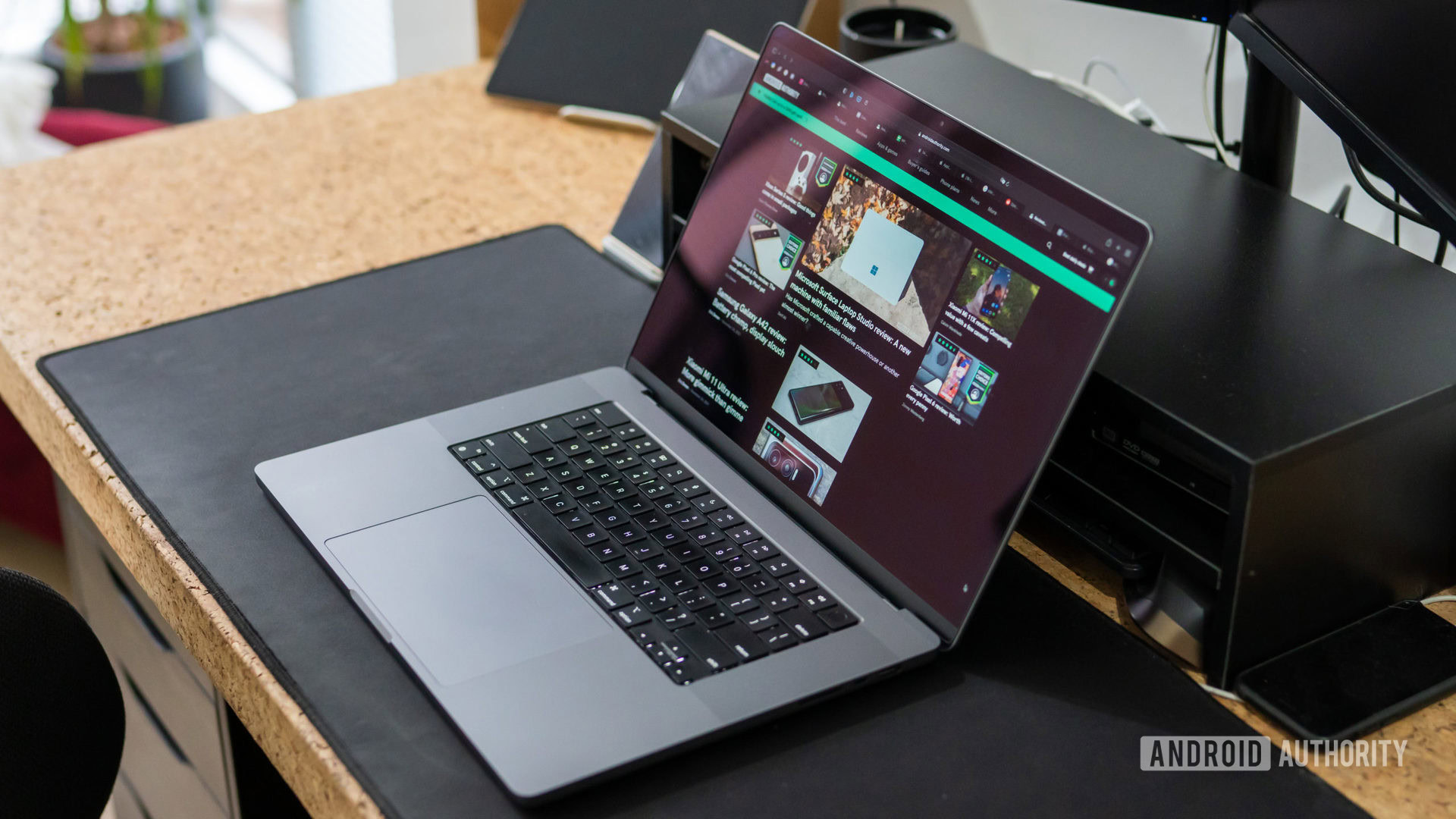
The MacBook Pro is a go-to laptop choice for many professionals, especially those already committed to Apple as a platform. But what if you prefer Windows, or want a laptop that can tackle things like gaming and VR, not just Office, Final Cut, or Photoshop? For that, you’ll want to check out our list of some of the best MacBook Pro alternatives on the market.
The best MacBook Pro alternatives
What makes a laptop comparable to the MacBook Pro? Above all, it’s a balance of performance, build quality, and flexibility. Many gaming laptops are superior in performance, but pros need a durable, road-worthy machine that also lasts more than a couple of hours on battery power. Conversely, a laptop that lasts 12 hours isn’t much good if it struggles with anything more than web browsing or streaming video.
Razer Blade 15
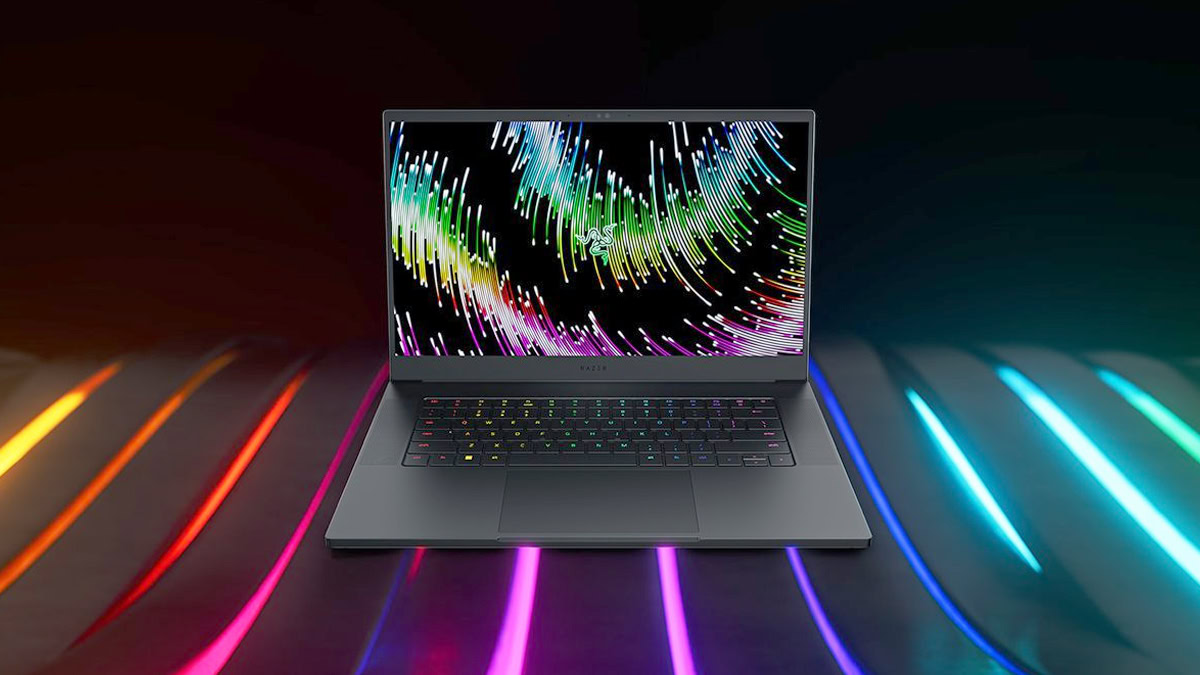
If you’re only casually familiar with Razer, you probably think of it as a company that makes gaming mice and keyboards. But its laptops can be surprisingly well-built, sporting all-metal frames, high specs, and powerful cooling that keeps them quiet. Do stick with the most recent models, though — there are scattered reports of battery issues with older ones.
Our recommended configuration for the Blade 15 includes a 2.5GHz Intel Core i7-13800H processor, 16GB of DDR5 RAM, 1TB of storage, and a 240Hz, QHD (2560 x 1440) display. More importantly it’s equipped with NVIDIA RTX 4070 graphics, which should handle all but the most demanding tasks.
You’ll want to plug in the Blade 15 whenever you’re playing 3D games for long stretches, since Razer laptops tend to devour batteries when they’re running at full speed. That said, when you’re just using one for work or web browsing, it should at least last long enough for a flight from New York to San Francisco, including time stuck at the airport.
Dell XPS 17 9720
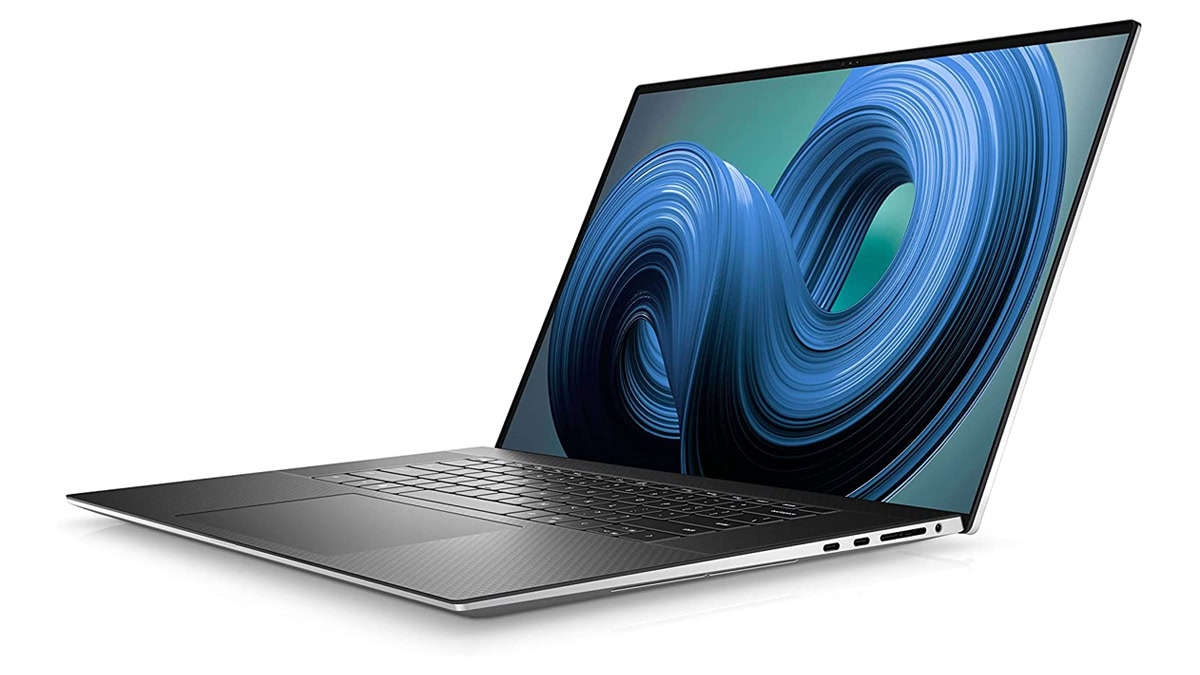
For years now Dell has managed a pretty good track record of delivering MacBook competitors, which makes sense given that it’s one of the world’s biggest PC makers.
Despite having a larger screen, the XPS 17 9720 isn’t far off from the 16-inch MacBook Pro in dimensions or weight. Its stock configuration features an Intel Core i5 12500H processor, Intel Iris Xe graphics, 16GB of RAM, 512GB of storage, and a 1900 x 1200 display. We’d strongly recommend upgrading the GPU if you plan any gaming however, and there are a variety of other options, such as a 4K panel or up to 4TB of storage.
Lenovo Yoga 9i
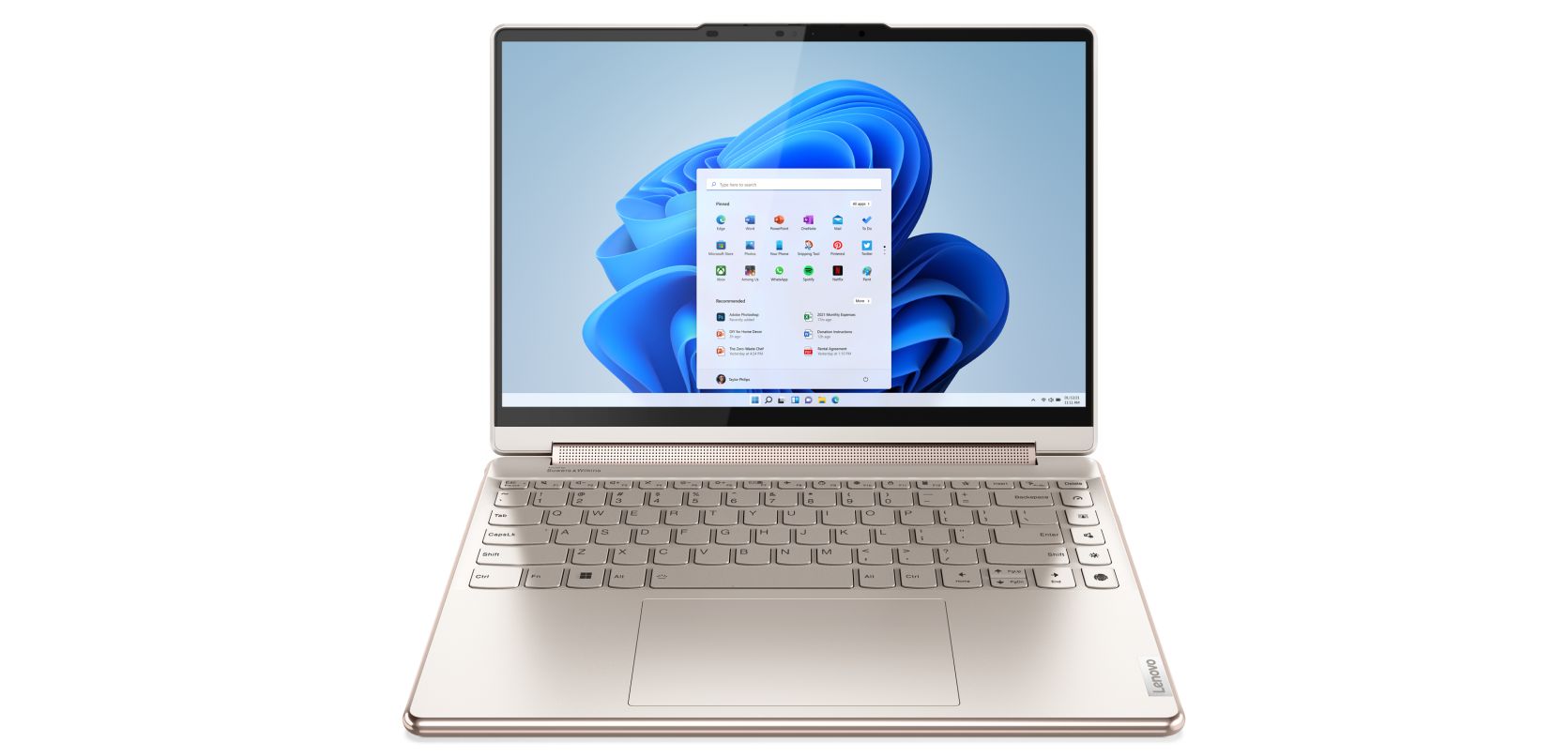
One of the advantages of Windows is the opportunity to try form factors Apple ignores, and the Yoga 9i is a prime example. It’s a reversible, 14-inch 2-in-1 touchscreen laptop, which makes it handy for presentations, sketching and illustration, or just propping up to watch a movie.
Don’t expect high performance here — Lenovo limits you to Iris Xe graphics — but for $1,800 or less you can get a model with a 2880 x 1800 OLED display, a Core i7 1260P processor, and 1TB of storage. Road warriors may want to upgrade to 4K OLED to cram as much onscreen as possible.
Microsoft Surface Laptop Studio
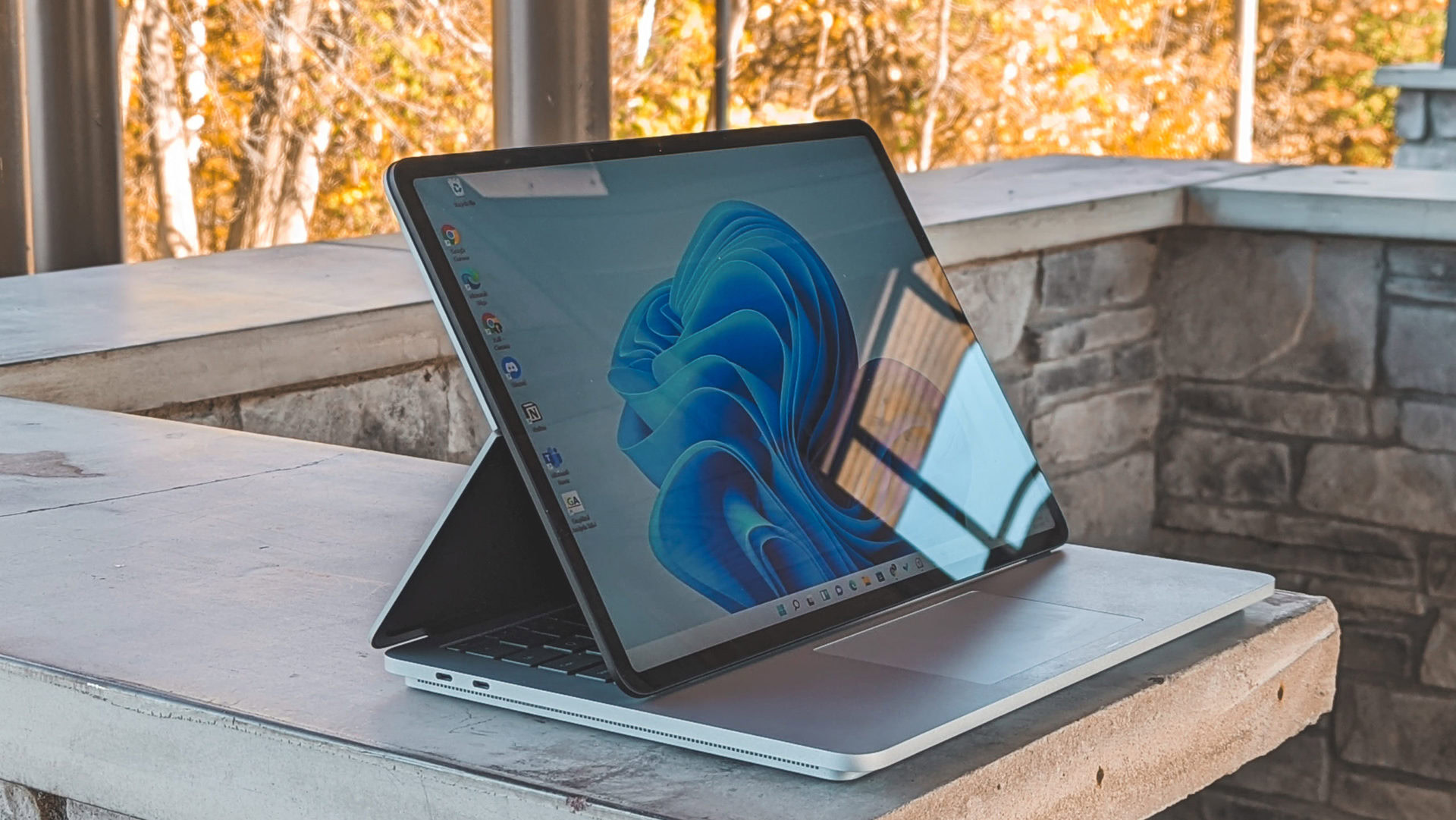
Much like the Yoga 9i, the name of the game with the Surface Laptop Studio is a folding touchscreen display, just along a different axis. When you don’t need the keyboard, you can pull the display closer and rely on touch and trackpad controls. If you want to spend most of your time with the (optional) Surface Slim Pen 2, you can lay the screen completely flat.
Some other perks include Thunderbolt 4/USB 4.0 ports, and a lower starting pricetag than some of the other laptops on this list. We suggest going with a more expensive configuration though, namely one with a Core i7 processor, 16GB of RAM, a 512GB SSD, and NVIDIA RTX 3050 Ti graphics.
Razer Blade 18
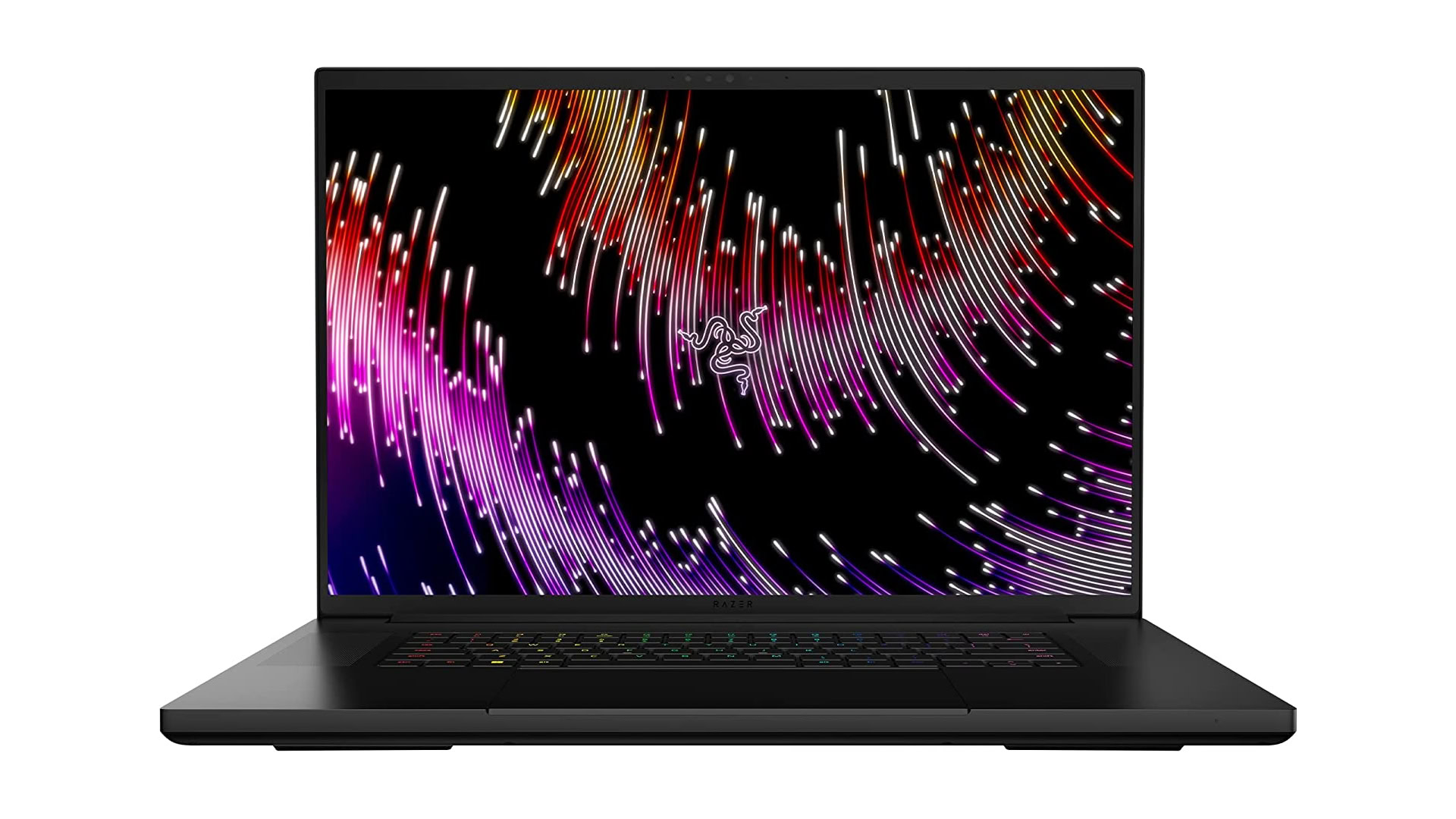
Let’s be upfront with the drawbacks: the Blade 18 is gigantic, absurdly expensive, and doesn’t have great battery life. Without plugging it in, we wouldn’t expect more than 2 hours when playing a game like Cyberpunk 2077. Even work and web longevity is a little over 5 hours.
The reason the Blade 18 is still on this list, though, is that it makes for an excellent desktop replacement. Up close, its 18-inch, 240Hz QHD Plus (3200 x 1800) display is better than many dedicated monitors. Its connection options include three USB 3.2 Type-A ports, one Thunderbolt 4/USB-C port, a USB-C 3.2 port, a UHS-II SD card reader, and hookups for Ethernet, HDMI 2.1, and 3.5mm audio. It may legitimately be the only PC hardware you need to buy apart from a mouse, external audio, and maybe a laptop stand for better visibility and heat control.
Performance tops even the Blade 15. Our recommended specs include an Intel Core i9-13950HX processor, 32GB of RAM, 1TB of storage, and NVIDIA RTX 4070 graphics. You can downgrade to an RTX 4060 and 16GB of RAM to save some money, or splurge on even better graphics power, up to the state-of-the-art RTX 4090.
HP Envy X360 15
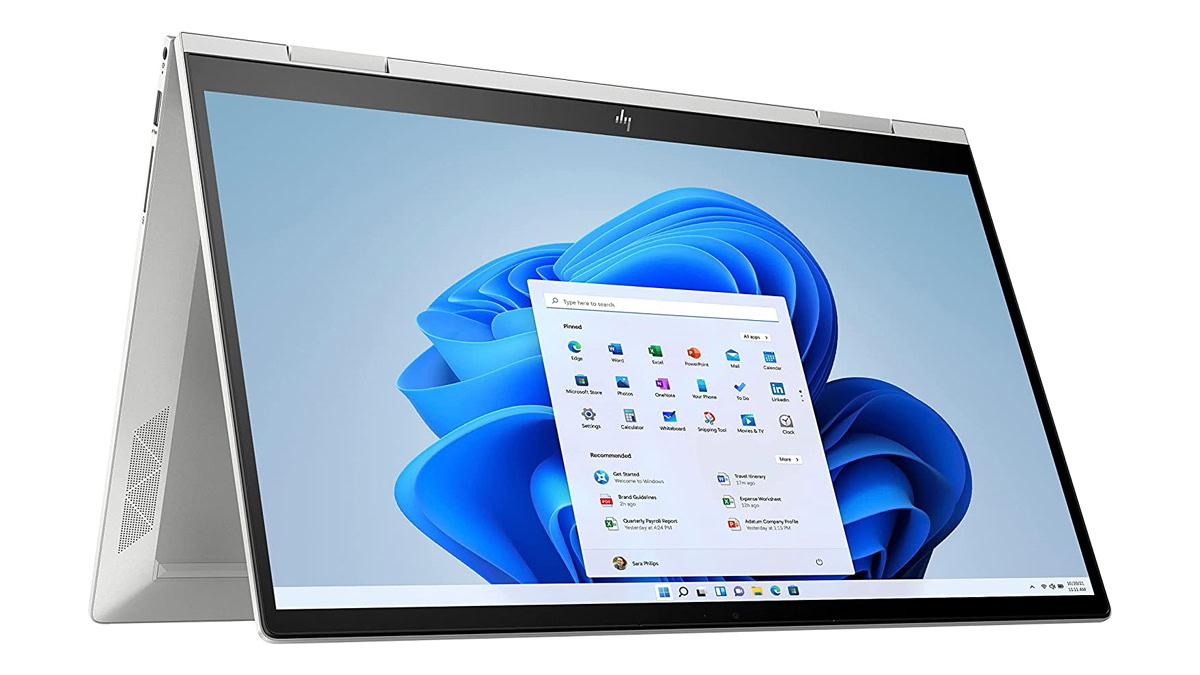
Another rival to the Yoga 9i, the Envy X360 includes a reversible, 15.6-inch 1080p touchscreen, and configurations running from a Core i5, 16GB of RAM, and a 512GB SSD through to a Core i7 system with a 2TB SSD and a whopping 64GB of RAM. That RAM would be excessive for anything except virtual machines though, since the X360 is stuck with Intel’s Iris Xe graphics.
There’s really not much more to say about it, but that may be its appeal — it’s all business, with battery life up to 9.5 hours, and prices ranging from $999 to $1,699 before any discounts.
Dell XPS 15 9520

Almost too obvious to mention, the XPS 15 could easily be considered Dell’s flagship. Its base model offers a Core i5-12500H chip, Iris Xe graphics, 8GB of RAM, and 512GB of storage, as well as a 15.6-inch 1900 x 1200 display. We’d recommend upgrading to a Core i7, NVIDIA RTX 3050 graphics, 16GB of RAM, and a “3.5K” OLED touchscreen.
Options don’t stop there. Possible upgrades include a Core i9-12900HK, RTX 3050 Ti graphics, up to 64GB of RAM, and as much as 8TB of storage. Bear in mind that at this extreme, you’re eclipsing the price of some Razer Blade 18 models, which are leaps ahead in speed.
FAQs
Nothing, fundamentally. Iris Xe is just fine for 2D graphics or modest 3D, including some games. But if you want to do anything with complex 3D, whether for work or fun, you’ll want to step up to dedicated graphics tech from AMD or NVIDIA. Don’t expect Iris Xe to deliver max settings in the latest Call of Duty.
In the consumer mobile space, the best you can get is the RTX 4090. It’s very pricey however, and too new to be widespread.
Realistically, if you’re chasing performance, just pick the highest model number you can afford. “Ti” chips are better than their non-Ti counterparts, too.
It can. QHD (usually 2560 x 1400) smooths out any pixelation, and if your eyesight is good, lets you fit more onscreen than FHD (usually 1080p). For some people, that might mean the difference between needing an external monitor and getting away with a built-in display.
4K is often overkill, but it does represent the sharpest possible image. You may still want to skip 4K if you’re a gamer, since FHD and QHD deliver faster refresh rates.